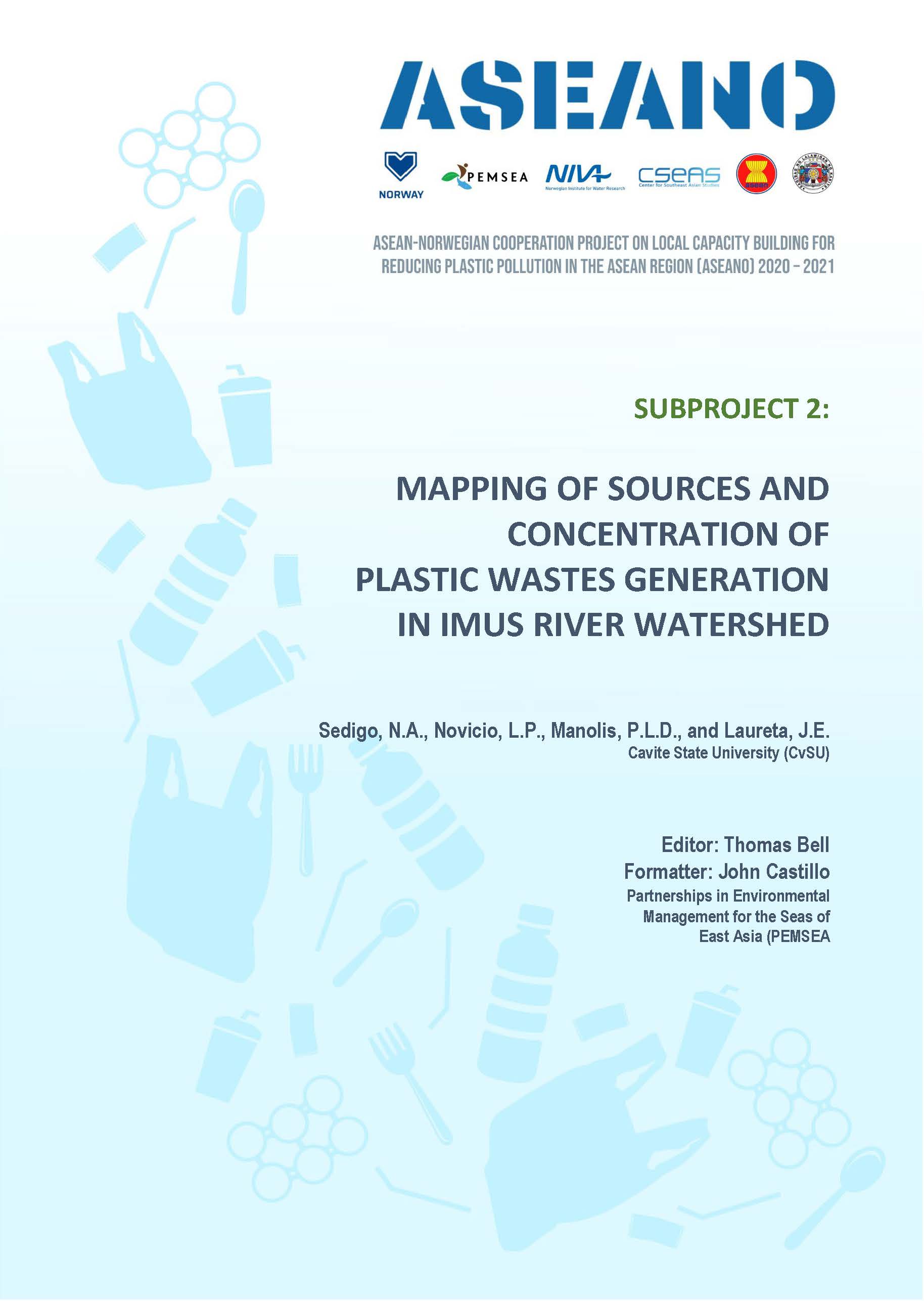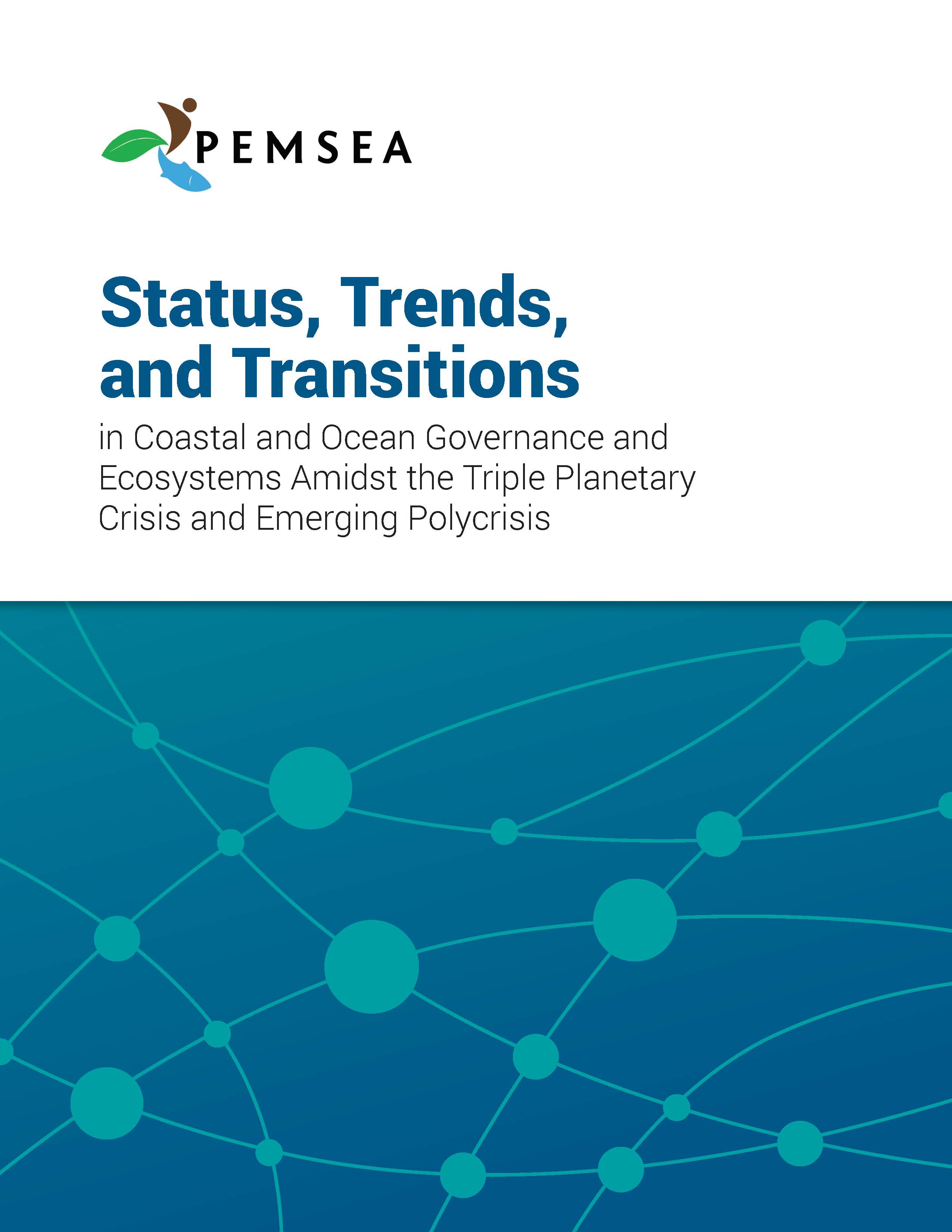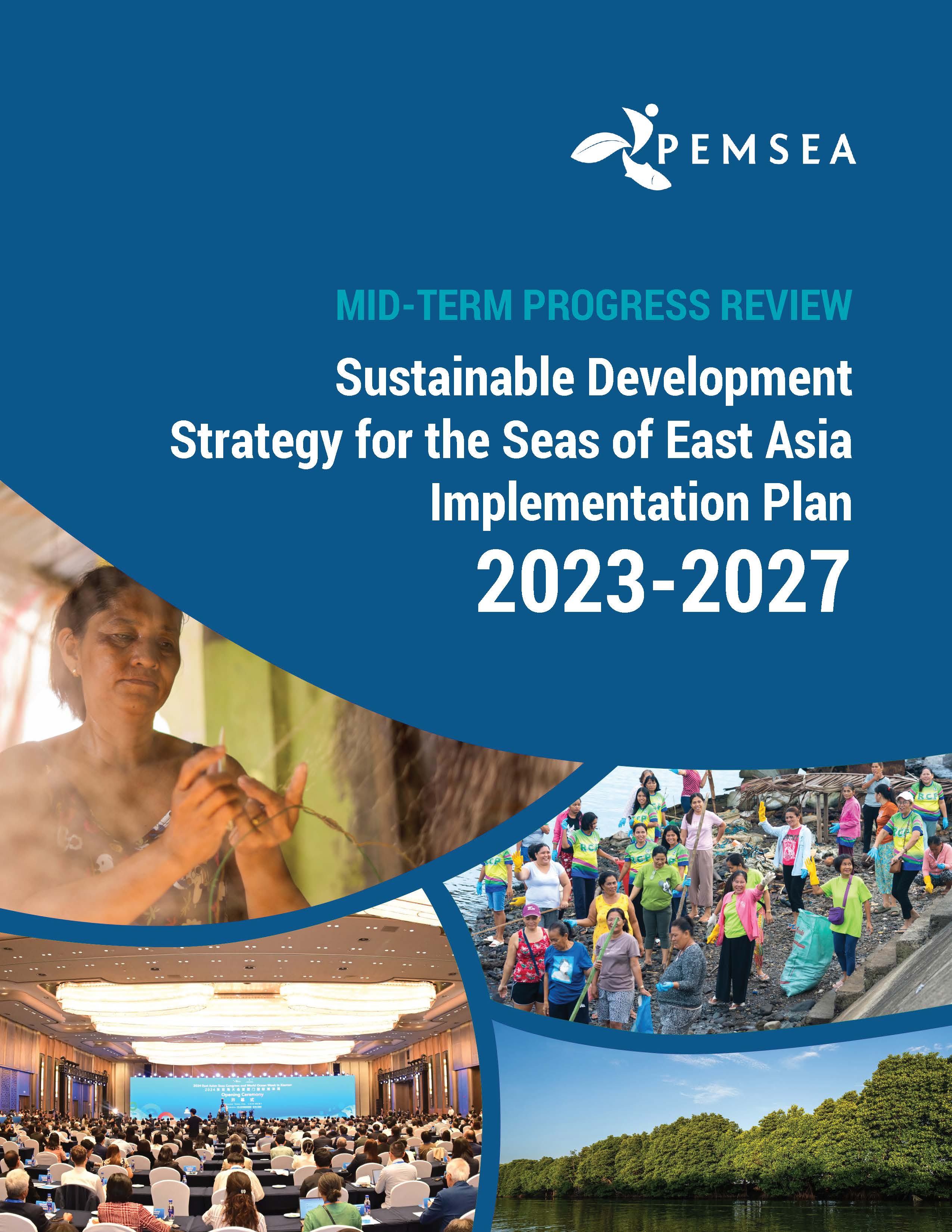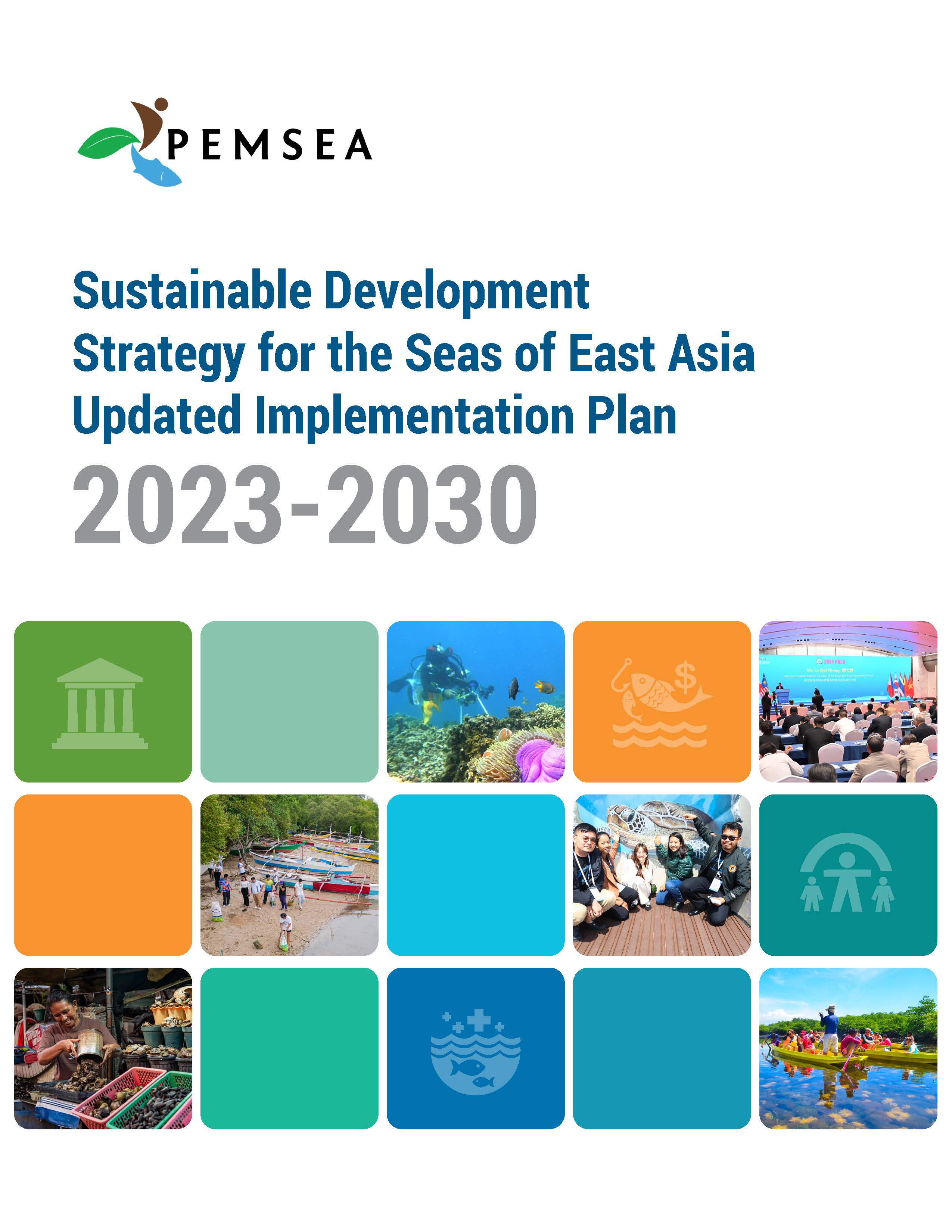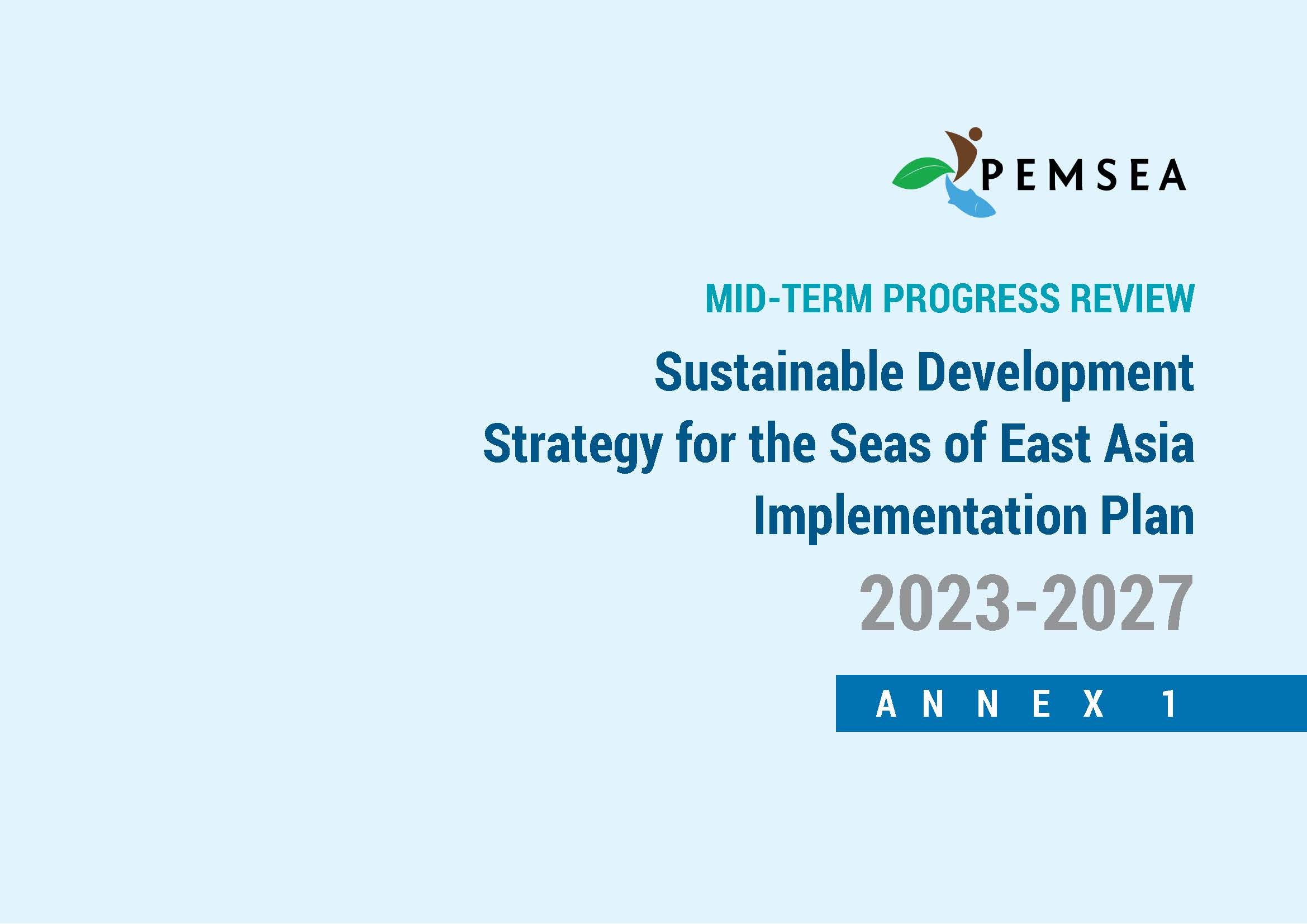
Breadcrumb
ASEANO Project Report: Mapping of Sources and Concentration of Plastic Waste in the Imus River Watershed
PUBLICATION DATE:
Tuesday, April 19, 2022
PUBLICATION TYPE:
Reports
STATUS:
Only Available Online
DESCRIPTION:
The sources of plastic wastes and areas of expected high levels of plastic waste generation were mapped in the Imus River Watershed in the Province of Cavite, in the Philippines. Different sources of plastic waste were identified, and used to estimate the magnitude of plastic waste generation. Information on the major sources of plastic waste were obtained from the 10-Year Solid Waste Management Plan of the seven cities and municipalities located within the boundaries of the watershed. Remote sensing technology was used to identify the coordinates of different potential sources. For higher resolution, Google Imagery was used in preparing base maps which were imported and georeferenced in ArcMap. A 7-day waste characterization study in three selected barangays was conducted to determine the average amount of plastic waste generated per household. This data served as inputs for a hotspot analysis in ArcGIS to identify plastic waste generation hotspots within the watershed. The Imus River system traverses seven cities and municipalities that include parts of Tagaytay City, Silang, and Amadeo in the upland areas, a large part of the densely populated and urbanized cities of Dasmariñas and Imus City in the central hilly areas, and portions of the lowland City of Bacoor and the coastal Municipality of Kawit. It has a total drainage area of 11,259.80 hectares. A total of 222 barangay communities were identified within the boundaries of the watershed with a total population of 1,351,057. The major sources of waste in the watershed were primarily households, followed by commercial, institutional, and industrial establishments. The total number of commercial, institutional, and industrial establishments identified was 778, and a total of 54 waste storage facilities were found in the watershed. From the 7-day characterization study in three selected barangay communities, an average of 113.03 kg of plastics was generated daily by the households in Barangay Burol 1, Dasmariñas City; 9.17 kg/day in Barangay Mabolo 1, Bacoor City; and 29.29 kg/day in Barangay Maitim 2nd Central, Tagaytay City. An average of 0.17 Kg/day per household of plastics were generated in the watershed and 0.05 Kg/day per capita. A cluster of high plastic waste generating barangays was identified in Dasmariñas City, where various tributaries of the Imus River converge. This combination is likely to create a significant hotspot for waste leakage. Clusters of low plastic waste generating barangays were identified in parts of Imus, Kawit, and Bacoor. These cold spots should not be ignored, as increasing plastic waste generation could exceed capacity and push them into future leakage hotspots.
RELATED PUBLICATIONS
Status, Trends, and Transitions in Coastal and Ocean Governance and Ecosystems Amidst the Triple Planetary Crisis and Emerging Polycrisis
This comprehensive research report was developed to inform the updating of the Sustainable Development Strategy for the Seas of East Asia (SDS-SEA) Implementation Plan 2023-2030 by synthesizing recent global, regional, and national developments. It examines the interconnected threats of the triple planetary crisis - climate change, biodiversity loss, and pollution - as well as the broader polycrisis of economic and geopolitical instability affecting coastal and ocean governance, including in the East Asian Seas region. The report also assesses the status and trends of traditional and emerging blue economy sectors and outlines the importance of strengthened data and monitoring systems, research and development, policy alignment, and innovative financing as strategic priorities to support a resilient and sustainable ocean future. Ultimately, the report supports the development and refinement of future strategies, particularly the updating of the SDS-SEA Implementation Plan to 2030. Overall, the report highlights PEMSEA’s critical role as a regional integrator in East Asia, bridging local priorities with global commitments to address rapidly evolving challenges and emerging opportunities in coastal and ocean governance and development.
Mid-Term Progress Review of the PEMSEA SDS-SEA Implementation Plan 2023-2027
The Mid-Term Progress Review of the PEMSEA SDS-SEA Implementation Plan (IP) 2023-2027 is an evidence-based assessment covering 2023 to June 2025 that aims to evaluate implementation status, identify challenges, and inform the refinement of the plan toward 2030. The review covers key initiatives of PEMSEA Country and Non-Country Partners, networks, collaborators, and the PEMSEA Resource Facility (PRF), in line with the agreed targets of the SDS-SEA IP.Under Component 1 (Effective Governance), the review highlights the strengthening of PEMSEA’s regional mechanisms through increased voluntary contributions, delivery of various capacity-building initiatives, increasing alignment of PEMSEA Country Partners’ policies and programs with global sustainable and ocean-related commitments, and the increasing project portfolio under PRF management. Progress for Component 2 (Healthy Ocean) is characterized by the expansion of Integrated Coastal Management (ICM) along with other area-based integrated management approaches, the support of PRF-managed projects in biodiversity conservation, fisheries management, land-based and sea-based pollution reduction, waste management, and efforts related to disaster risk reduction and climate change adaptation including the launch of the PEMSEA Blue Carbon Program. Regarding Component 3 (Healthy People), the review emphasizes inclusive stakeholder engagement through the new GESI Action Plan and the success of localized sustainable livelihood programs through PRF-managed projects that have improved community resilience. Finally, for Component 4 (Healthy Economies), the review notes the increasing integration of blue economy principles into national strategies and the adoption of the 2024 Xiamen Declaration, which helps facilitate synergistic actions and sustainable blue financing and public-private partnerships.
Sustainable Development Strategy for the Seas of East Asia (SDS-SEA) Implementation Plan 2023-2030
The Sustainable Development Strategy for the Seas of East Asia (SDS-SEA) Updated Implementation Plan 2023-2030 was established to extend the previous plan's timeframe to 2030, ensuring the continued relevance, effectiveness, and long-term sustainability of PEMSEA’s initiatives while enhancing organizational effectiveness, financial sustainability, and operational efficiency. The updating process was driven by several supporting efforts, including the mid-term progress review of the SDS-SEA IP 2023-2027, a review of status and trends in coastal and ocean governance, results from PEMSEA’s Organizational Capacity Assessment (OCA), and consultations with PEMSEA Country and Non-Country Partners. To bolster results-based management, the plan introduces a Strategy Map and Balanced Scorecard (BSC) as high-level tools for leadership to provide overall strategic direction across four key perspectives: Stakeholder Engagement, Programs and Processes, Learning and Growth, and Financial Sustainability. These high-level tools are supported by a detailed Strategic Results Framework (SRF), which guides operational implementation and performance tracking, with results from the SRF feeding upward to systematically inform the BSC and Strategy Map. Overall, the updated plan is focused on seven Strategic Objectives that are periodically monitored via a two-tiered system with support from various partners and networks, ensuring the plan remains fit for purpose and serves as a guide for adaptive management.
Annex 1 of the Mid-Term Progress Review of the PEMSEA SDS-SEA Implementation Plan 2023-2027
The Annex 1 of the Mid-Term Progress Review of the PEMSEA SDS-SEA Implementation Plan (IP) 2023-2027 is the detailed progress report on each target outcomes from 2023 to 2025 and the remaining target actions and outcomes leading to 2030.
PEMSEA NETWORK OF LEARNING CENTERS (PNLC) 2025 Executive Committee Meeting Proceedings
The 2025 PNLC Executive Committee (PNLC EC) Meeting was organized by PNLC Secretariat on 15 September 2025 in Bogor, Indonesia. It was participated by Prof. Yonvitner of the Center for Coastal and Marine Resources Studies of the IPB University (CCMRS-IPB) and President of the PNLC, Dr. Fang Qinhua, Deputy Director of the Coastal and Ocean Management Institute of Xiamen University (COMI-XU) and Vice-President of the PNLC, and Ms. Aimee T. Gonzales, PEMSEA Resource Facility (PRF) Executive Director as members of the PNLC Executive Committee. Ms. Isdahartatie PNLC secretariat Coordinator/ CCMRS-IPB University, Ms. Nancy Bermas from PRF, Francesca Cortez (PRF Secretariat Assistant) and Lusita Meilana, PNLC Secretariat staff. The meeting was chaired by Prof. Yonvitner. Ms. Isdahartati served as the Secretariat of the meeting.
The following supporting documents are annexed to these proceedings:
- Annex 1: Meeting Agenda / Program
- Annex 2: Links to the meeting documents, presentation and photos
- Annex 3: List of participants
